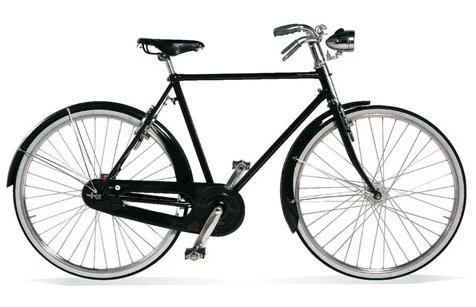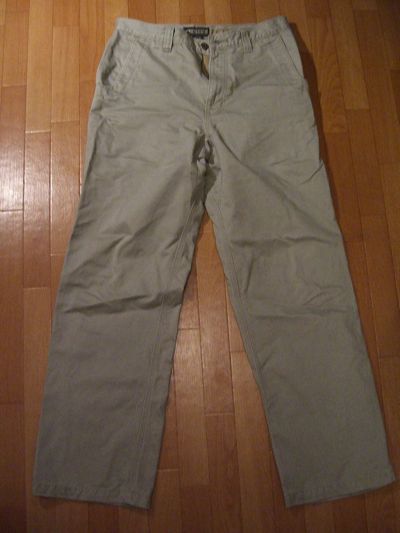Speaking politely in Japanese isn’t just about being deft with keigo. Keigo, which you use constantly and just don’t realize it, is just a small part; basic word choice is also important, as it is in English. There are several different ways to say the same word, and generally the longer the phrase is, the more polite it is. One of the best examples of this is the many different versions of いい. You can power up your いい, but you can also power it down to ええ depending on who you’re with.
Sometimes you need to use an entirely different word rather than a variation of the same word. This is especially true of English. I vividly remember the moment when I learned the definition of the word “asinine.” I was a freshman on the debate team and heard a senior member use it in a speech. When I asked him the definition he said, “It’s a nice way to called someone or something stupid.”
Unfortunately I don’t know how to say asinine in Japanese. I do know, however, that すごい is not going to cut it in important business meetings (just like “stupid”), which is why you should swap it out for it’s more polite cousin 非常(ひじょう)に. すごい, however, can be both adjective and adverb, while 非常に is only an adverb.
When you’re swapping for the adverbial すごい or すごく, you can do a straight-up replacement. So you can do this swap:
すごく危ない –> 非常に危ない –> 非常に危険
(You might want also consider powering up that 危ない to the compound noun form 危険(きけん), which is the third option up there. I guess this really belongs in another post, but 非常に危険 felt more natural to me, so I went ahead and added it.)
The adjective version of すごい requires you to be more specific with your description; this is a good thing to practice, even in English. So rather than something being “awesome” or “great,” you can say something like 非常に質がいい (it’s of incredibly high quality), 非常にきれいな (it’s incredibly beautiful), or just 非常にいい (it’s incredibly good).
I have to credit my senior year Japanese professor here. Until she noted this easy switch in class, I don’t think I had a grasp of the meaning of 非常に.








